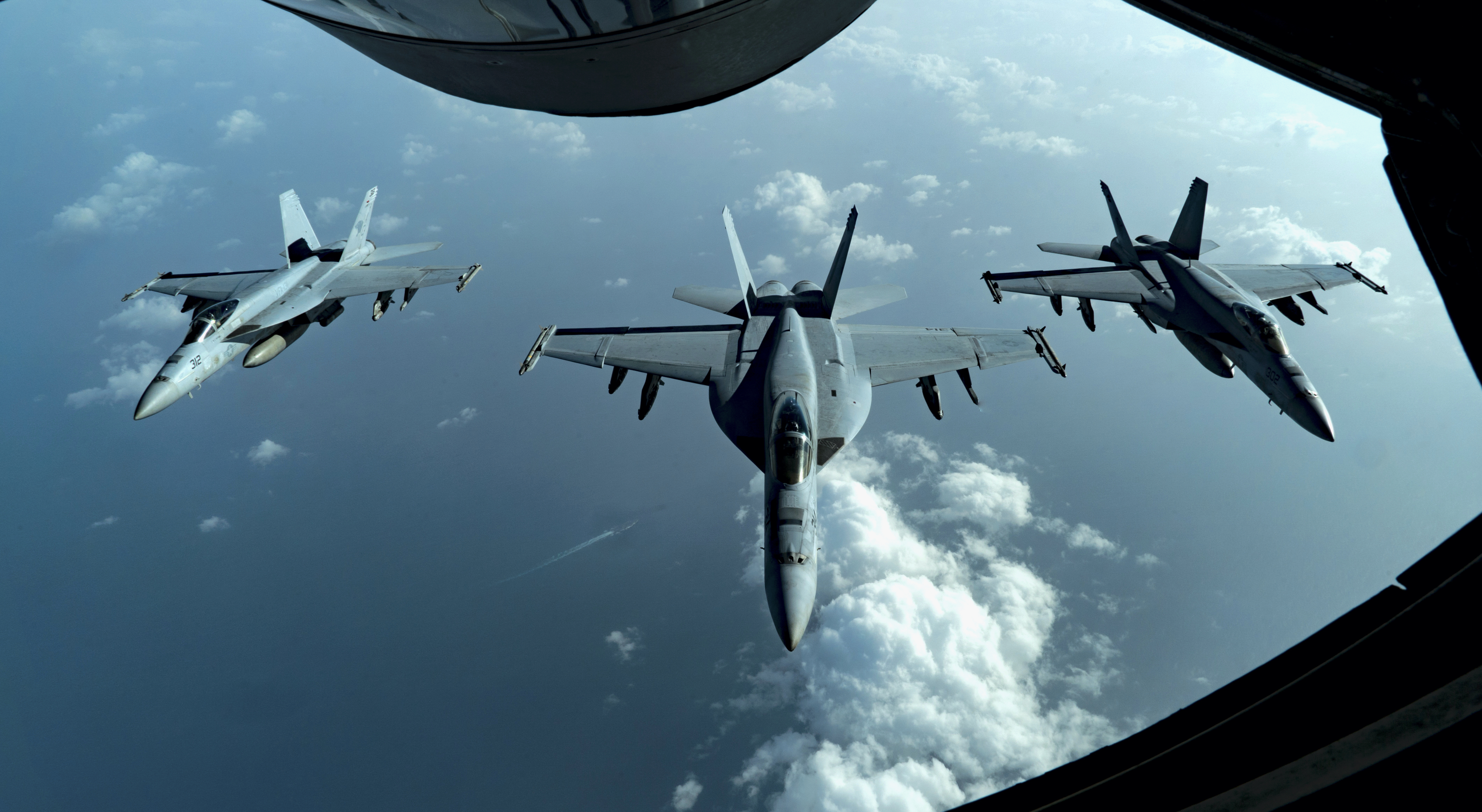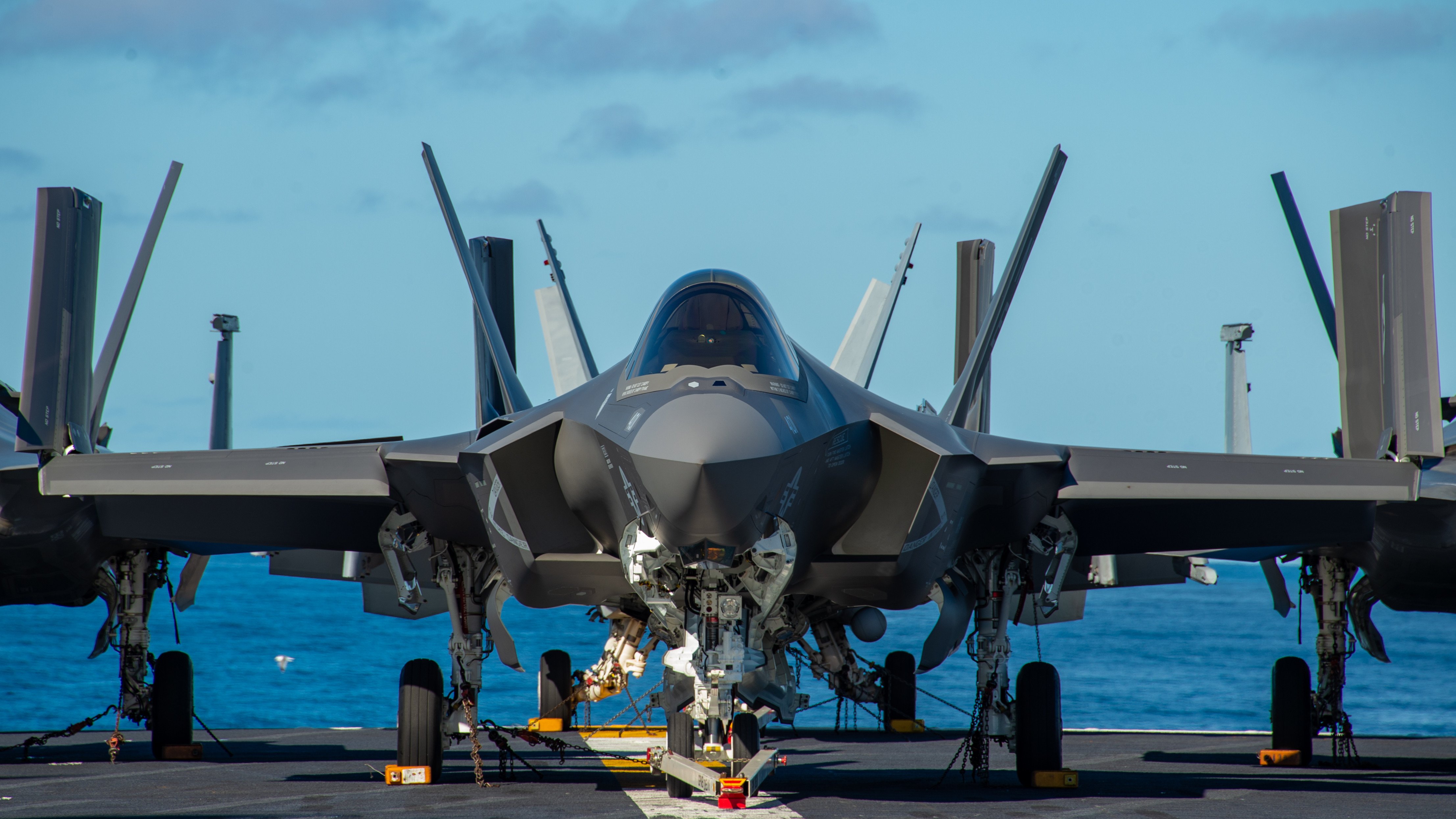
The chairman of the House Armed Services Committee is preserving money to develop a new surface-launched nuclear cruise missile, and is adding 12 Super Hornets and a second guided-missile destroyer to the Navy’s shipbuilding plan, according to a copy of the chairman’s mark for the Fiscal Year 2022 budget obtained by USNI News on Wednesday.
The mark, headed by HASC chair Rep Adam Smith (D-Wash.) largely keeps to the Biden administration’s request for a topline of $704 billion, with adjustments to some Navy programs.
Politico first reported on the mark on Wednesday.
The mark questions assumptions the Navy has made about its strike fighter inventory. The Navy said a reduction in squadron size for its F-35C and other measures would bridge the strike fighter gap by 2025, an assertion the bill disputes.
“In Fiscal Year 2022 analysis the Navy claims that the strike-fighter shortfall is resolved to zero in 2025, 5 years earlier than planned, but the committee is highly circumspect of the Navy’s new analysis,” reads the bill.
“The Navy has delayed the fielding of its planned F/A-XX aircraft, removed 104 F/A-18E/F Block II aircraft from the planned Service-Life Modification (SLM) program, and F-35C procurement quantity has still not reached 24 aircraft per year. The committee believes that these significant factors actually exacerbate the shortfall and would not contribute to the expedited timing of resolving the shortfall prior to 2030.”
The committee added $970 million to buy 12 new F/A-18E/F Super Hornet fighters and directs the Director, Cost Assessment and Program Evaluation (CAPE) to do an independent analysis of the Navy’s strike fighter assumptions.
The language follows a plea from Navy leaders earlier this month for defense companies to not lobby Congress for legacy weapons programs, and to specifically resist buying more Super Hornets so the service can instead direct the money toward the development of the Navy’s Next-Generation Air Dominance (NGAD) platform.

Super Hornets are, “a 30-year airframe at 10,000 hours. So that takes us out to about 2055. And there isn’t a lot of analysis out there that supports fourth-generation viability against any threat in that timeframe,” Rear Adm. Andrew Loiselle, head of the Navy’s air warfare directorate (OPNAV N98), said in early August.
The move in the latest mark follows one from the House Appropriations Committee that added 12 Super Hornets to the budget.
The mark also singles out the F-35 Lightning II Joint Strike Fighter program for additional scrutiny. The bill’s language sets out specific affordability formulas for the Air Force, Navy and Marine Corps, with a specific target number per airframe to be determined by the Navy and Air Force secretaries.
Compared to the Department of Defense’s original budget request, the mark adds an additional $1.5 billion to the shipbuilding account for the second destroyer, with a total of $23.68 billion for eight battle forces ships. The HASC seapower and projection forces subcommittee outlined a similar plan in their mark.
Additionally, the mark keeps $10 million in the FY 2022 request for the Navy to develop a low-yield nuclear surface-launched cruise missile it has sought to develop to keep pace with Russian low-yield nuclear weapons in development.
The controversial program was set to be defunded as part of the FY 2023 budget deliberations, according to a memo obtained by USNI News from former acting Navy Secretary Thomas Harker.
Pentagon leaders faced blistering criticism on Capitol Hill for the proposal and Defense Secretary Lloyd Austin told a House panel in June that no decision on the program would be final until a department-wide look at nuclear weapons.
“I would just say that, again, I am committed to a [Nuclear] Posture Review to make sure that we adequately analyze what our capabilities are, what’s needed in the future, and that we maintain the right balance in our nuclear forces going forward,” he said.





